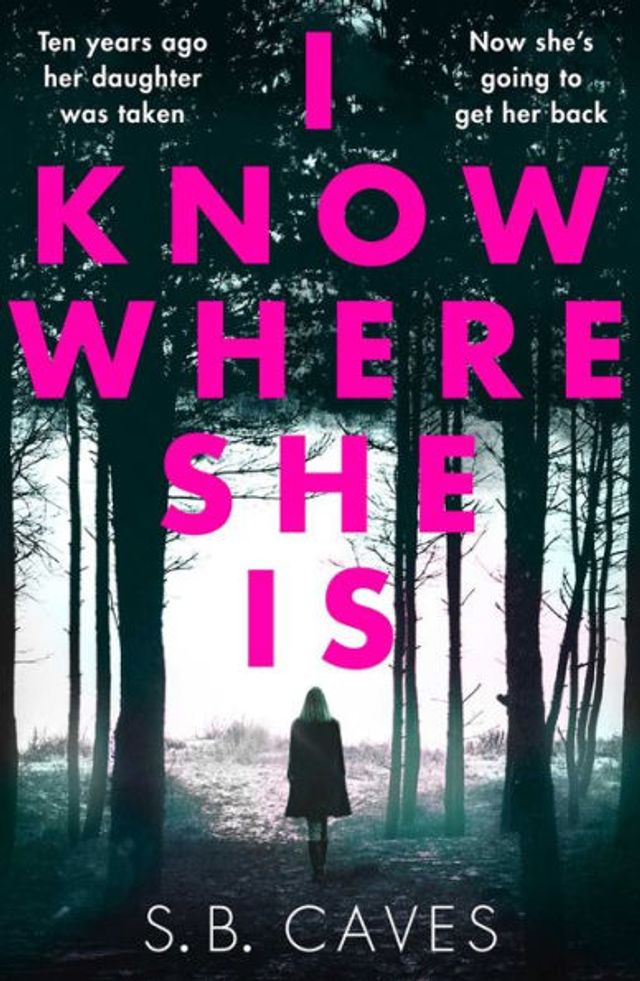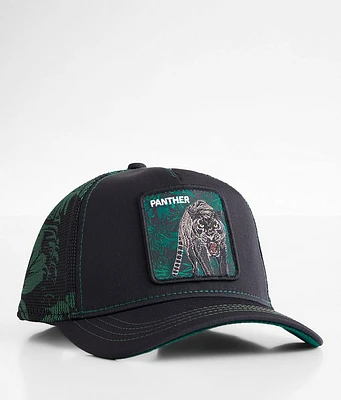Home
Know Where to Run
Barnes and Noble
Know Where to Run
Current price: $16.99


Barnes and Noble
Know Where to Run
Current price: $16.99
Size: CD
Loading Inventory...
*Product information may vary - to confirm product availability, pricing, shipping and return information please contact Barnes and Noble
Barry Adamson
released
Moss Side Story
, his debut solo album, in 1989. It was a pioneering work in the "imaginary soundtrack" field, weaving sonic effects, '50s film noir jazz, roots rock, sleazy blues, and post-punk. It was a jumping-off point for everywhere he's been since. Musically, he has traveled far and wide while amassing a slew of credits -- including work with directors
David Lynch
and
Danny Boyle
, television soundtracks, and of course,
Nick Cave & the Bad Seeds
(he rejoined the band after a 30-year break in 2013).
Know Where to Run
is
Adamson
's tenth full-length. While it references every place he's been sonically and musically, it's the first time he's focused so intently on conventional song structures -- even when his production and arrangements aren't. In the past he was content to make abrupt musical juxtapositions. Not so here.
has become a fine singer, one good enough to match the canny strength of his songs. No longer a shouter, he possesses a clear, disciplined baritone and he can croon. Two waltz-tempo ballads are shining examples. "Come Away" owes a great debt to
Cave
in terms of phrasing and texture, but
's lyric cleverness and tonal authority pull it into his wheelhouse. "Claw and Wing" offers lush strings, Mellotron, and organ, and references the timbral aspects of
Scott 2
.
His cinematic flair is displayed on the theme-like, organ-driven opener "In Other Worlds." "Texas Crash," another movie-esque jam, melds everything from electro and futurist rockabilly to
Golden Earring
's "Radar Love," progressive beat jazz, and mean slide guitar blues. In "Death Takes a Holiday," he weaves looped breaks,
Bacharach
&
David
-esque choral pop, '60s progressive jazz, and a Hammond groove worthy of prime
Georgie Fame
.
's wicked sense of guttersnipe humor is still present in his lyrics. Both the driving post-punk R&B in "Cine City" and the airier, strident, funky R&B in "Mr. Greed" are rife with lounge-lizard, alley-denizen rhymes delivered with the rhythmic timing of hip-hop. "Up in the Air" is a seemingly straight-up, urgent guitar rocker with layers of swirling piano and cymbals underneath, and a loopy bridge adding complexity to its drama. "Evil Kind" begins as a folksy rock tune, but becomes a warped, dynamic exercise in psychedelia with blues and jazz overtones and cinematic choral music. It closes out the proceeding on a breathtaking note.
Even though
is more straightforward in many ways, it is more ambitious than any recording
has released to date. While he's polished his songwriting, arranging, and producing crafts, he uses them to push the forms he chooses to the tilting point. As a result, his sense of cohesion seems mercurial. It's not. The deeper one travels into
, the greater the level of surprise and satisfaction. ~ Thom Jurek
released
Moss Side Story
, his debut solo album, in 1989. It was a pioneering work in the "imaginary soundtrack" field, weaving sonic effects, '50s film noir jazz, roots rock, sleazy blues, and post-punk. It was a jumping-off point for everywhere he's been since. Musically, he has traveled far and wide while amassing a slew of credits -- including work with directors
David Lynch
and
Danny Boyle
, television soundtracks, and of course,
Nick Cave & the Bad Seeds
(he rejoined the band after a 30-year break in 2013).
Know Where to Run
is
Adamson
's tenth full-length. While it references every place he's been sonically and musically, it's the first time he's focused so intently on conventional song structures -- even when his production and arrangements aren't. In the past he was content to make abrupt musical juxtapositions. Not so here.
has become a fine singer, one good enough to match the canny strength of his songs. No longer a shouter, he possesses a clear, disciplined baritone and he can croon. Two waltz-tempo ballads are shining examples. "Come Away" owes a great debt to
Cave
in terms of phrasing and texture, but
's lyric cleverness and tonal authority pull it into his wheelhouse. "Claw and Wing" offers lush strings, Mellotron, and organ, and references the timbral aspects of
Scott 2
.
His cinematic flair is displayed on the theme-like, organ-driven opener "In Other Worlds." "Texas Crash," another movie-esque jam, melds everything from electro and futurist rockabilly to
Golden Earring
's "Radar Love," progressive beat jazz, and mean slide guitar blues. In "Death Takes a Holiday," he weaves looped breaks,
Bacharach
&
David
-esque choral pop, '60s progressive jazz, and a Hammond groove worthy of prime
Georgie Fame
.
's wicked sense of guttersnipe humor is still present in his lyrics. Both the driving post-punk R&B in "Cine City" and the airier, strident, funky R&B in "Mr. Greed" are rife with lounge-lizard, alley-denizen rhymes delivered with the rhythmic timing of hip-hop. "Up in the Air" is a seemingly straight-up, urgent guitar rocker with layers of swirling piano and cymbals underneath, and a loopy bridge adding complexity to its drama. "Evil Kind" begins as a folksy rock tune, but becomes a warped, dynamic exercise in psychedelia with blues and jazz overtones and cinematic choral music. It closes out the proceeding on a breathtaking note.
Even though
is more straightforward in many ways, it is more ambitious than any recording
has released to date. While he's polished his songwriting, arranging, and producing crafts, he uses them to push the forms he chooses to the tilting point. As a result, his sense of cohesion seems mercurial. It's not. The deeper one travels into
, the greater the level of surprise and satisfaction. ~ Thom Jurek


















